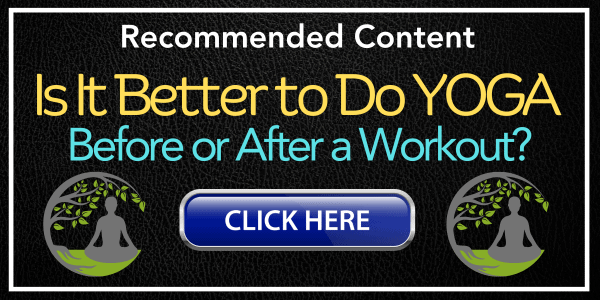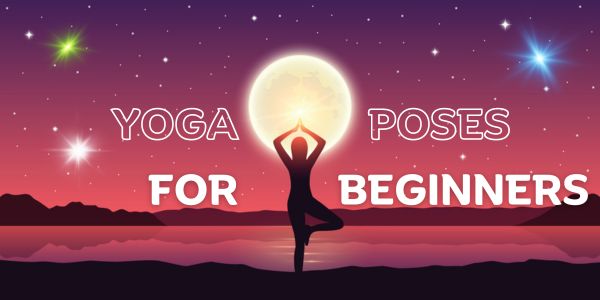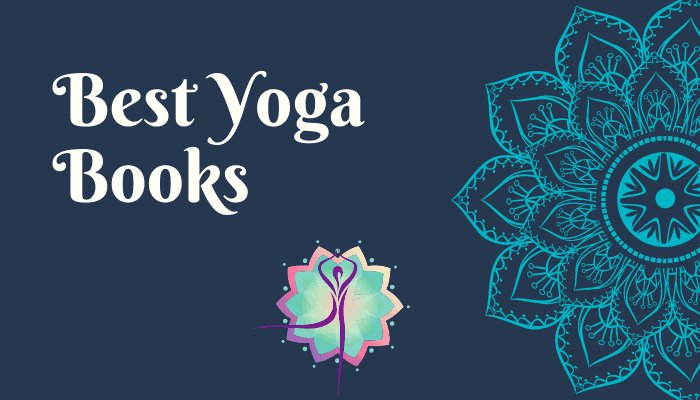
Downward Facing Dog is a wonderful yoga pose that you can find in almost every yoga class.
It is a part of the Sun Salutation sequence, which is a series of poses that warm up your body and prepare you for more challenging poses.
It is also a common transition between other poses, which helps you flow smoothly and gracefully.
During this pose your heart is higher than your head. This has many benefits for your health and happiness. It improves your blood flow, aids your digestion, and boosts your mood.
In this pose, you create a mountain shape with your body. You place your hands and feet on the floor and lift your hips up to the sky.
You press your palms firmly into the ground and open your shoulders to make room for your chest. You also stretch your spine and pull your belly button in to activate your core.
You can either bend your knees slightly or straighten them and push your heels down to the floor to lengthen your legs.
You let go of any tension in your head and neck and look between your legs or at your belly button.
Some of the benefits of the Downward Facing Dog pose are:
- It strengthens your wrists, arms, and shoulders
- It stretches your wrists, hamstrings, calves, and back
- It improves your posture and alignment
- It tones your abdominal muscles and organs
- It relieves stress, anxiety, and fatigue. Whenever you feel low or sad do some Downward Facing Dog to lift your spirits.
- It stimulates your brain and nervous system
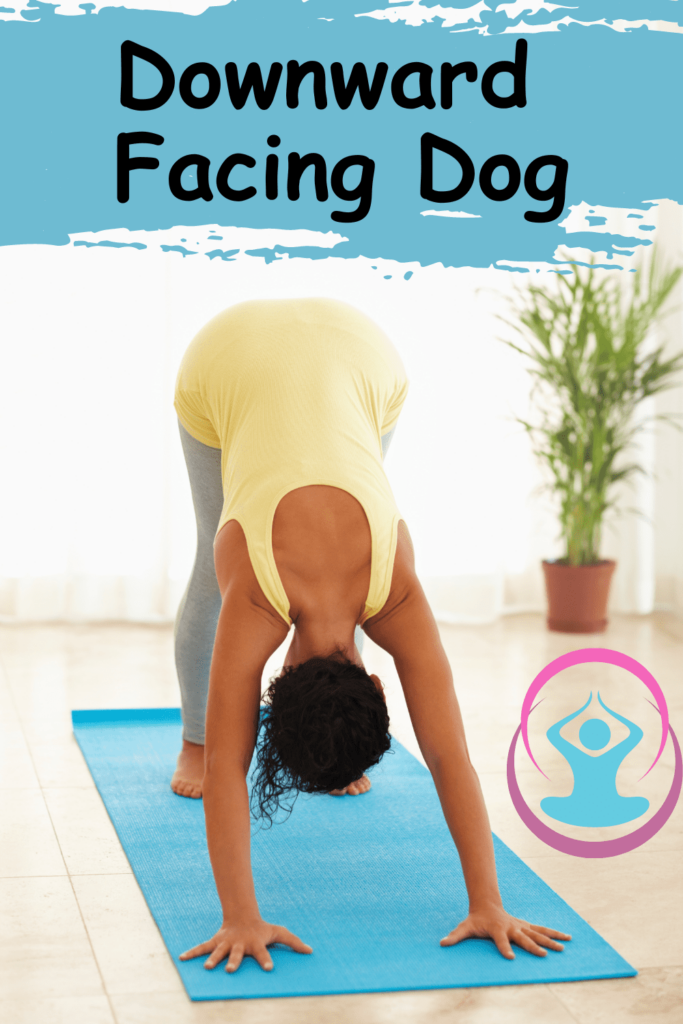
Some of the contraindications of the Downward Facing Dog are:
- If you have high blood pressure, glaucoma, or detached retina, avoid practicing this pose or practice it with caution under the guidance of a qualified yoga teacher.
- If you have carpal tunnel syndrome, wrist injury, or arthritis, modify this pose by placing your hands on a wall, a chair, or blocks.
- If you have shoulder injury or instability, avoid rotating your shoulders too much or place a rolled-up towel under your armpits for support.
- If you have lower back injury or pain, bend your knees more or place a bolster under your hips for support.
Some of the variations and tips for the Downward Facing Dog pose are:
If you are a beginner or have tight hamstrings, you can bend your knees more and lift your heels off the floor. This will help you lengthen your spine and avoid rounding your back. You can also place a block under each hand to elevate your upper body and reduce the pressure on your wrists. If you want to challenge yourself or deepen the stretch in your hamstrings and calves, you can pedal your feet alternately by bending one knee and straightening the other. You can also lift one leg up toward the ceiling and hold it for a few breaths before switching sides. If you want to add some movement and variation to this pose, you can practice the Three-Legged Downward Facing Dog (Eka pada adho mukha svanasana) by lifting one leg up toward the ceiling and then bringing it forward between your hands into a lunge. You can also practice the Downward Facing Dog twist (Parivrtta adho mukha svanasana) by reaching one hand toward the opposite ankle or shin and looking under your arm.
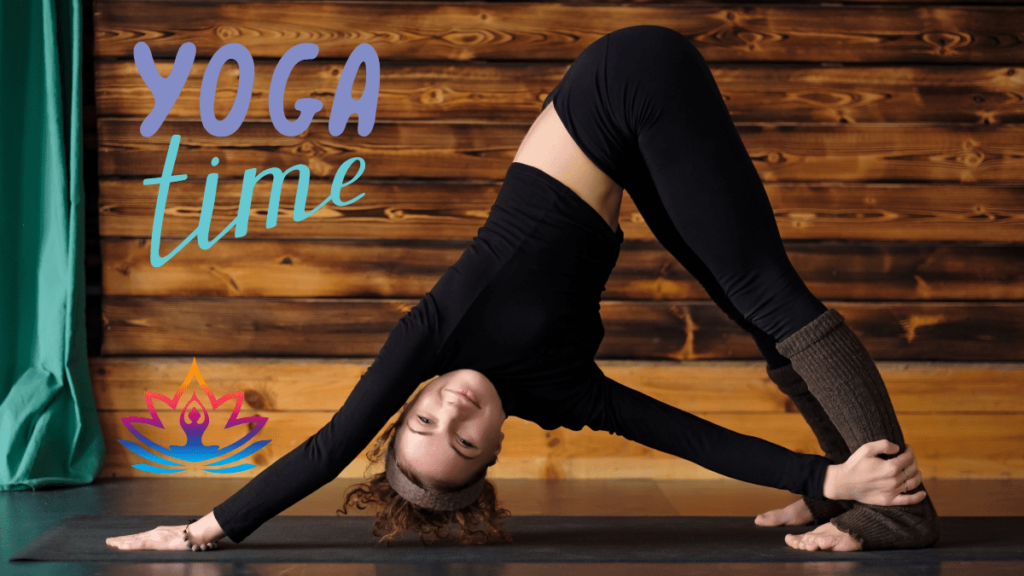
Downward Facing Dog is a wonderful yoga pose that offers many benefits for your body and mind. It invites you to tap into your inner power, stretch your muscles, find your balance, and breathe deeply.
Consistent practice of this pose can foster a profound sense of strength, flexibility, balance, and tranquility that can greatly benefit you in various aspects of your life.
Other beginner-friendly poses that you might want to learn and practice are: Cobra Pose - this pose stretches and strengthens your spine, chest, shoulders, abdomen, and hips, while also improving your breathing and posture. Tree Pose - a yoga posture that strengthens and stretches your body while also promoting a sense of stability, focus, and harmony in your being. Triangle Pose - this pose can help you stretch and strengthen your legs, hips, spine, and shoulders, while also improving your balance, focus, and mindfulness. By breathing deeply and opening up your body in this pose, you can release tension and stress, enhance your energy and vitality, and connect with your inner strength and courage. Whether you are a beginner or an experienced yogi, Triangle Pose is a must-try pose that can awaken your senses and ignite your passion for yoga.
You may also be interested in: 1. Yoga Poses For Beginners [Mountain Pose - Tadasana] 2. Yoga Poses For Beginners [Plank Pose - Phalakasana] 3. How Many Yoga Blocks Do You Need? 4. Is Yoga Enough to Stay Fit?
